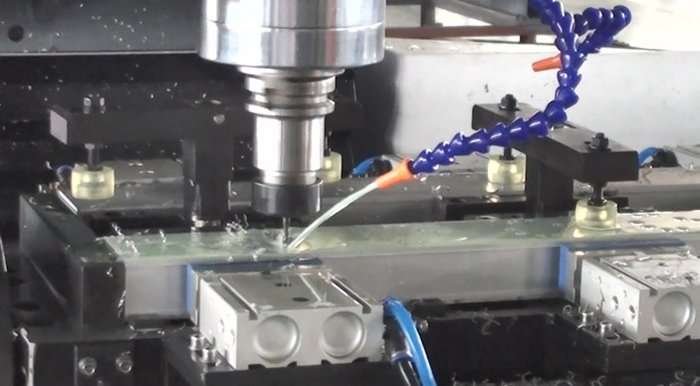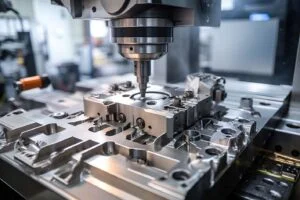Chaque type d'outil adopte des paramètres de traitement différents en fonction des matériaux qu'il traite. Dans le domaine du fraisage, les fabricants d'outils optimisent les matériaux et développent des technologies de revêtement plus ciblées afin d'améliorer l'efficacité du traitement.
En combinant divers éléments dans les matériaux, nous pouvons obtenir des milliers de types de matières premières transformables. Pour transformer ces matériaux, nous devons connaître leurs propriétés de transformation et optimiser la méthode de transformation.

PARTIE 1
Le groupe de matériaux auquel la pièce appartient

Selon la norme internationale ISO 531:1966, l'ensemble des matériaux usinables est divisé en 6 catégories, à savoir
P représente le matériau de l'acier ;
M représente l'acier inoxydable ;
K représente le matériau en fonte ;
N représente les matériaux non métalliques ;
S représente les matériaux à haute température ;
H représente les matériaux à dureté élevée.
Sur la base de la résistance à la traction et de la dureté du matériau, les fabricants d'outils classent les matériaux dans des catégories plus petites à l'intérieur de ces grandes catégories. Si nous ne trouvons pas les paramètres de performance du matériau que nous traitons dans ces catégories plus petites, la meilleure approche consiste à consulter le fournisseur de l'outil, qui se fera un plaisir de vous aider à résoudre ce problème.
PARTIE 2
Formule de calcul
On trouve généralement la formule suivante dans le manuel de l'outil
Avant de parler de cette formule, rappelons la formule que nous avons apprise pour la circonférence d'un cercle :
C (circonférence) = π (pi) * d (diamètre)
D'après cette formule, on peut conclure que pour un outil de diamètre D, la distance parcourue par le point le plus extérieur de l'outil par rotation est :
π*D
Ensuite, lorsque l'outil tourne à une fréquence de n tours par minute, la distance parcourue est :
n*π*D
Selon la formule temps (T) x vitesse (V) = distance (S), la vitesse Vc de l'outil au point le plus à l'extérieur de l'outil à n'importe quel moment pendant cette période est :
Vc = (n * π * D) / 1
La formule suivante est obtenue par conversion :
n=Vc/(π*D)
Remarque ! Nos outils de coupe utilisent le millimètre (mm) comme unité, de sorte que l'unité de vitesse Vc dans la formule précédente est le millimètre par minute.
Après conversion de la longueur (1m=1000mm), nous obtenons cette formule commune :
Après avoir simplifié l'équation, nous obtenons notre formule finale :

Attention !
L'unité de D (diamètre de l'outil) est toujours le mm (millimètre), tandis que l'unité de Vc (vitesse de la ligne) a été changée en m/min (mètre/minute).
Cette formule est également applicable au tournage. En tournage, D représente le diamètre de l'ébauche.






